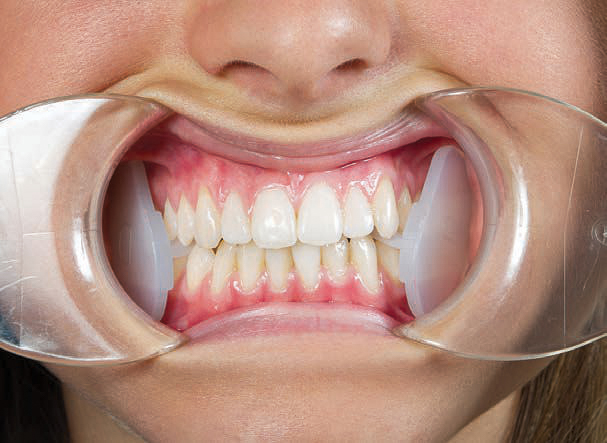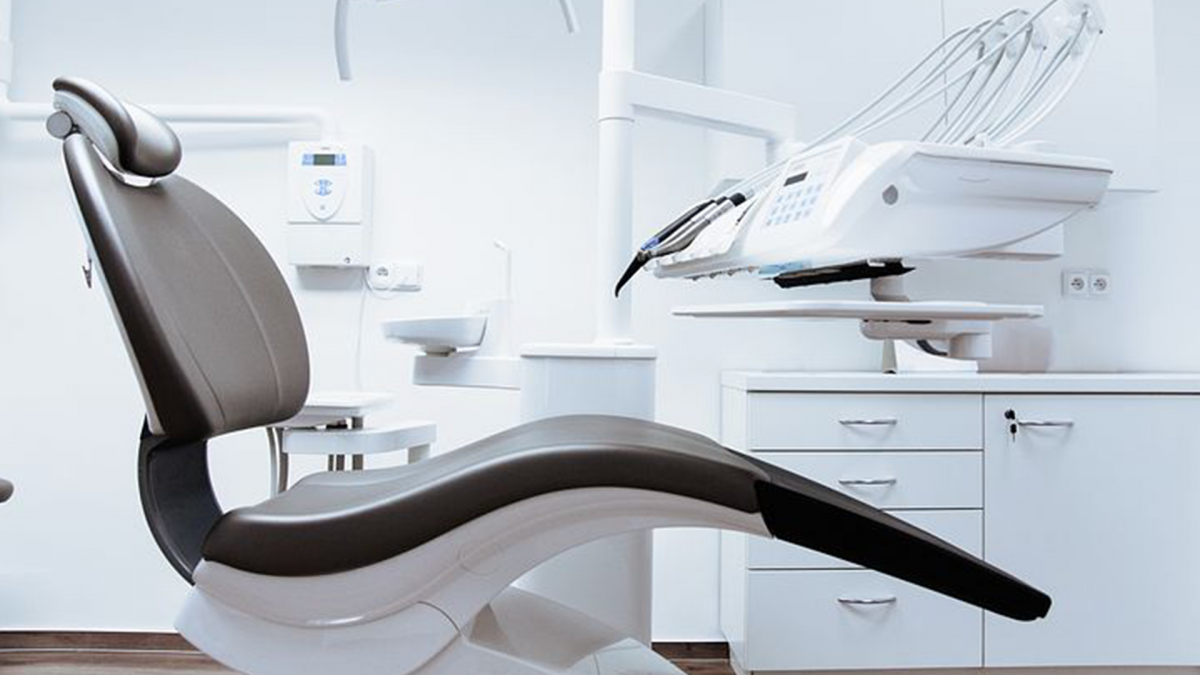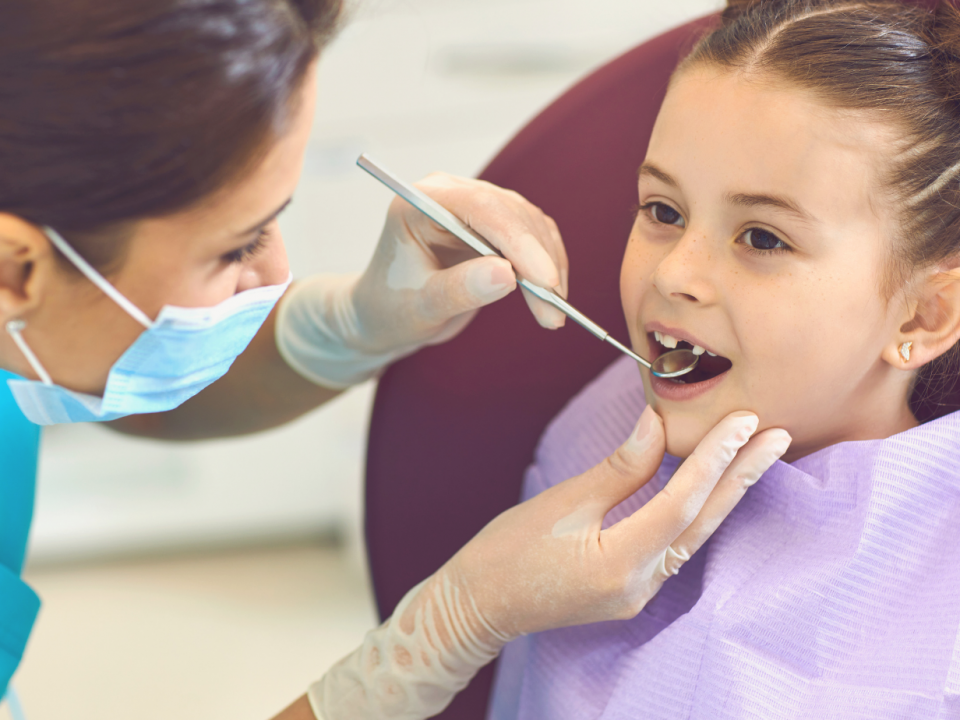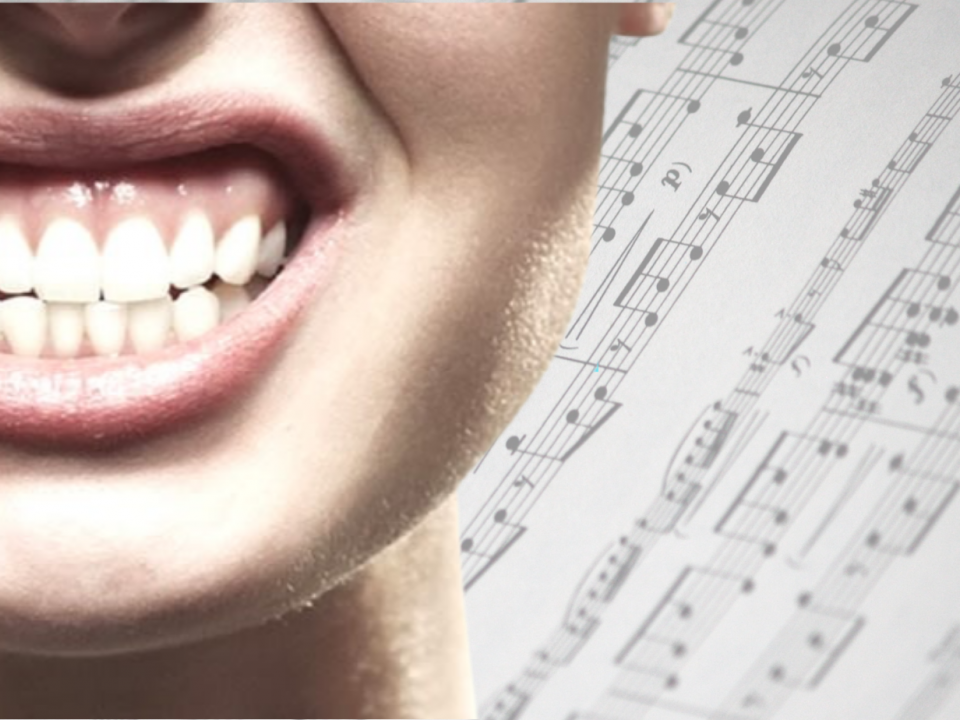
The balance of mastication between centric relation (r.c.) and maximum intercuspation (m.i.)
30 March 2020
Proper dental occlusion ensures a satisfied patient
30 May 2020Teethan allows the dentist to assess the patient’s occlusal state in an accurate and repeatable way
The digital analysis of dental occlusion with Teethan is proving to be a valuable tool in various fields: from gnathology to orthodontics, a subject on which we dwell in this short article.A bad dental occlusion, which can be determined by hereditary factors or by external factors (such as a difficult breathing caused by an obstruction of the airways or the incorrect lingual position and bad habits in phonation or swallowing) is the basis of different disorders, such as headaches, muscle and joint pain, jaw clicks and chewing problems.
An orthodontic treatment can be useful if the patient’s malocclusion is linked, for example, to poor dental or maxillary positioning. Even in these cases, the most effective tool in the treatment of occlusal disorders is obviously prevention: Teethan allows the orthodontist to assess the patient’s occlusal state in a reliable and repeatable way before starting the therapy and defining, as a consequence, the orthodontic treatment more suited to its clinical situation.
On the basis of the generated report, in fact, the professional can decide the type of intervention to be submitted to the patient in order to restore the occlusal balance. Assuming that the orthodontist opts, in a treatment phase, for the bite, certainly one of the most used tools thanks to the characteristics of reversibility and applicability, the patient will have to undergo periodic checks in order to make any corrections to the plates, until the achievement of the optimal occlusal situation.
Even in an intermediate phase, like the one just described, Teethan can give an extra element to the professional, who can thus ensure the good response of the neuromuscular and functional unit, basing his decision on graphic data of immediate comprehension, also for the patient , which in turn will appreciate the improvements related to the remedy adopted by your doctor.
Finally, once the desired correction is obtained, the Teethan examination can prove valuable not only to test the balance achieved, but also to avoid relapses caused by neuromuscular imbalances at the end of treatment, giving the opportunity to intervene until the desired balance.




